Brain Theranostics: Peptides Show Critical Care
A systemically injected peptide can act as an imaging agent and drug carrier in brain injury models, report Erkki Ruoslahti and colleagues in Nature Communications. Because localized injections are invasive and may be disruptive to the injured site, this systemic approach could have far-reaching advantages for patients with acute brain injuries.
Ruoslahti and colleagues show that a 4-amino-acid (CAQK) peptide, identified by in vivo phage display technology, selectively binds to mouse brain lesions and acts as a carrier for both small, drug-sized molecules and nanoparticles. In penetrating and non-penetrating (controlled cortical impact) brain injury models, the CAQK peptide is observed — by means of a fluorescent label — to accumulate at the injury site following systemic injection. By contrast, a control peptide (CGGK) does not accumulate at the injured site and no CAQK is observed in normal brain tissue or other major tissues (other than the kidney) 30 minutes after administration.
Credit: Image courtesy of Second Bay Studios.
In the penetrating injury model, the blood–brain barrier is breached — a detrimental effect that requires restoration. However, this transiently damaged barrier, which usually prevents the delivery of systemically administered therapeutics to the brain, now permits the peptide and peptide–nanoparticle conjugates to pass through it. The CAQK peptide can get to the injured site up to 5 days after injury. Once in the brain, the targeted binding effect of these homing-CAQK species ensures that they are retained for a therapeutically useful period of time at the injured site.
The researchers have taken initial steps to investigate if the targeting effect shown in these mouse models can be seen in human cells and tissues. More specifically, the CAQK peptide is shown to bind to extracellular matrix surrounding human astrocytoma cells, and ex vivo binding of CAQK-conjugated silver nanoparticles in brain sections from a head trauma patient show significantly higher binding to injured sections compared with sections of normal brain.
“The most significant application may be the ability to use peptide-targeted nanoparticles to deliver siRNA for gene silencing,” says Ruoslahti. As a proof of concept, they show how porous silicon nanoparticles loaded with silencing oligonucleotides and coated with the CAQK peptide are effective at gene-silencing green fluorescent protein (GFP) in a mouse model of penetrating brain injury. Imaging techniques revealed a 35-fold increase in the level of CAQK-coated nanoparticles compared with those coated with the control peptide and a 70% silencing of GFP expression compared with minimal silencing in the control. “This technology may make it possible to silence genes for proteins that are harmful to healing and that cannot be controlled with drugs,” added Ruoslahti.
“The most significant application may be the ability to use peptide-targeted nanoparticles to deliver siRNA for gene silencing”
“Our experience with peptides that target various diseased tissues tells us that disease-specific homing peptides often have an effect on the disease process they target,” says Ruoslahti. “We plan to test whether this is the case with the CAQK peptide; an effect on the healing, good or bad, would give us a new lead to what could be done to promote the healing of brain injuries.”
This study has focused on severe brain injuries; however, in the future, the ability of the peptide to target and treat areas of milder brain injuries, such as concussion, could be investigated. Also, brain damage from disease processes — such as stroke and ischemia — is another important target to study.
References
1 Mann, A. P. et al. A peptide for targeted, systemic delivery of imaging and therapeutic compounds into acute brain injuries. Nat. Commun. http://dx.doi.org/10.1038/ncomms11980 (2016)
